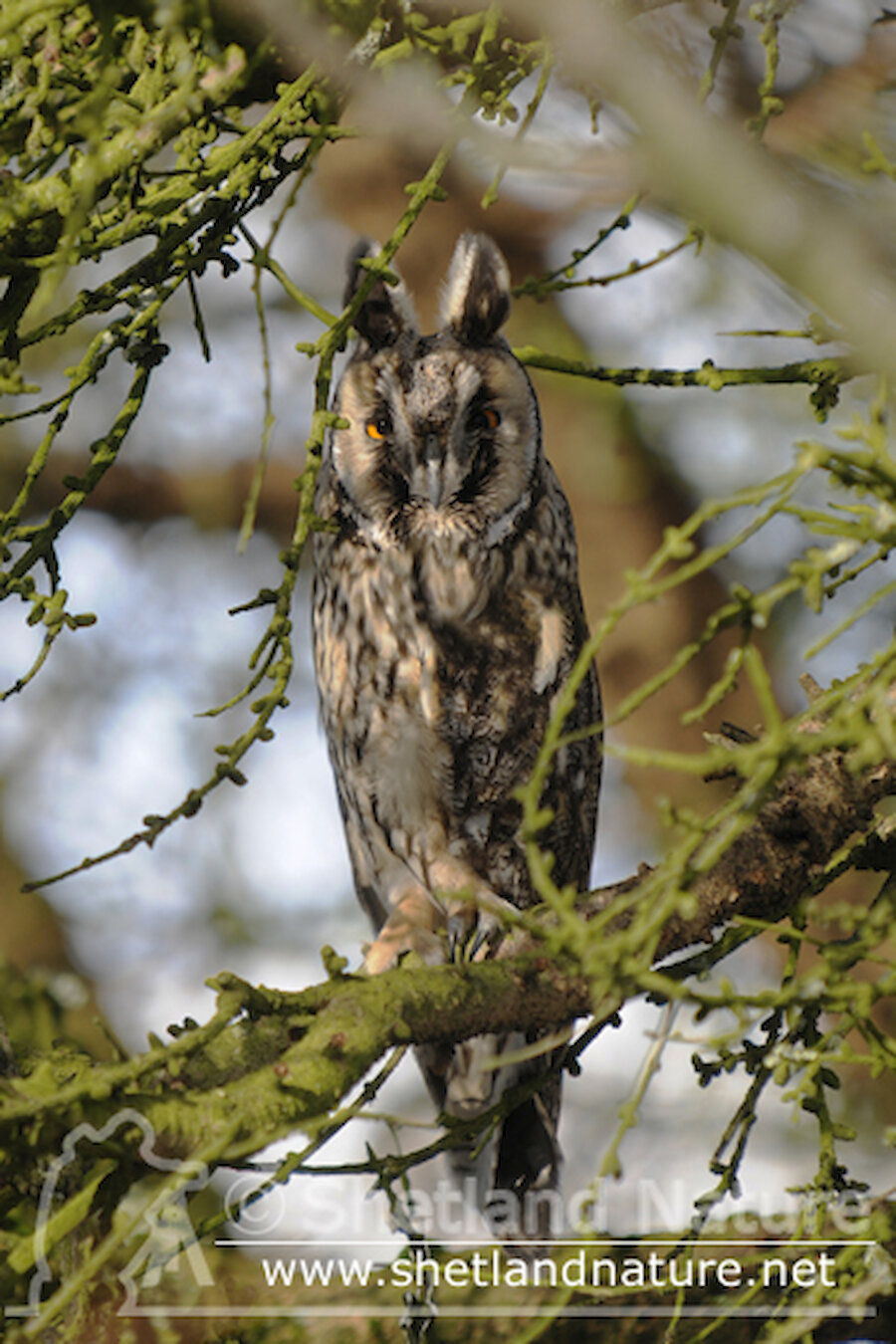Early spring truly is a very special time of year indeed. Even though signs of spring are often slow to arrive and indeed subtle when they do, they are among the most momentous of the year. Whether it is the first Skylark in song, frogspawn in your garden pond or Celandines and primroses beginning to appear - at last, these are the signs of 'spring in the air'.
Further afield stirrings of spring have usually already sprung by the time we notice and for birds especially. March is often the month when typically we begin to see the first of the migrant species of birds passing through, most of them on there return to Northern breeding grounds. Amongst the birds you are likely to visit your garden at this time might include Robin, Chaffinch, Siskin, Greenfinch, Brambling or maybe even a scarcer Hawfinch or Yellowhammer.


